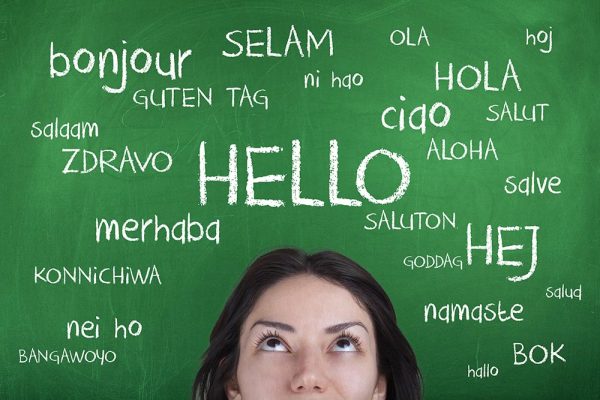To Use or Not to Use BSL Video Subtitling…
British Sign Language interpreters online and on television help to make video content accessible to users of BSL. We have all at some point seen a BSL interpreted TV programme. We have also all seen subtitles or closed captions on television programmes or online VoD services, providing accessibility for deaf or hard of hearing audiences and foreign speakers. But what about a mixture of the two? What about video content which is filmed using BSL and created for the deaf community? Should BSL video subtitling be prioritised in order to allow accessibility for hearing audiences and those who can’t sign? Well…
Learning BSL through Subtitles
Foreign subtitles can be great for learning new languages and similarly, subtitles on British Sign Language content are potentially invaluable for viewers looking to learn to sign.
Formal BSL classes are notoriously expensive and it’s a well known fact that newly diagnosed hearing loss sufferers and/or parents of deaf children can be deterred from learning BSL when faced with high priced courses.
BSL video subtitling opens up opportunities for more people to learn sign language (hearing or otherwise), potentially breaking down barriers. It also improves communication on a wider scale for the deaf community as a whole.
Subtitles Widen your Audience
Subtitles are created with the intention of providing accessibility and broadening the reach of video content to as many viewers as possible. Foreign subtitles are created to allow viewers to enjoy video content on an international scale and closed captions are made with deaf and hard of hearing audiences in mind.
Choosing not to subtitle BSL videos in effect deprives the vast majority of the hearing population (as well as many deaf and hard of hearing viewers who do not use BSL) the opportunity to understand and appreciate a film or programme, Especially where the topic of a British Sign Language video focuses around issues faced by the deaf community, this exclusion effectively massively limits the reach of the message within a video.
BSL Video Subtitling can Increase SEO and Broaden your Audience
It goes without saying that anyone making a video surely intends to spread a message through its distribution; whether it’s political, commercial, educational or otherwise.
Using subtitle services and having captions added to videos is good for SEO (search engine optimisation) as text is picked up by Google, whereas signs and indeed, spoken language is not. To help BSL video content grow on a large scale online, BSL subtitles are an invaluable resource.
Conclusion on BSL Video Subtitles and Closed Captions
With experience in closed captioning for the deaf and hard of hearing, we’re totally pro BSL Video Subtitling for the following reasons:
- The ultimate goal of subtitles (regardless of language) is inclusion and accessibility, both of which have an impact on the deaf community on an everyday basis;
- BSL Subtitles can help deaf, hard of hearing and hearing viewers to learn BSL;
- More inclusion steers BSL away from being perceived as ‘elitist’, ultimately broadening its reach;
- Subtitles promote equality, making video content more accessible to all viewers regardless of nationality and signing ability;
- Important messages within BSL video content (especially those relating to the deaf community) can be more effectively publicised using captions;
- For deaf viewers who do not use BSL, a lack of subtitles can potentially make them feel ostracised from the rest of the deaf community;
- For online videos, subtitles benefit Search Engine Optimisation as onscreen text can be indexed.
We also work to make a difference in the deaf and hard of hearing community with our sister site, MyLittleEars.com where we provide hearing retainers and accessories for children.











Comments are closed.